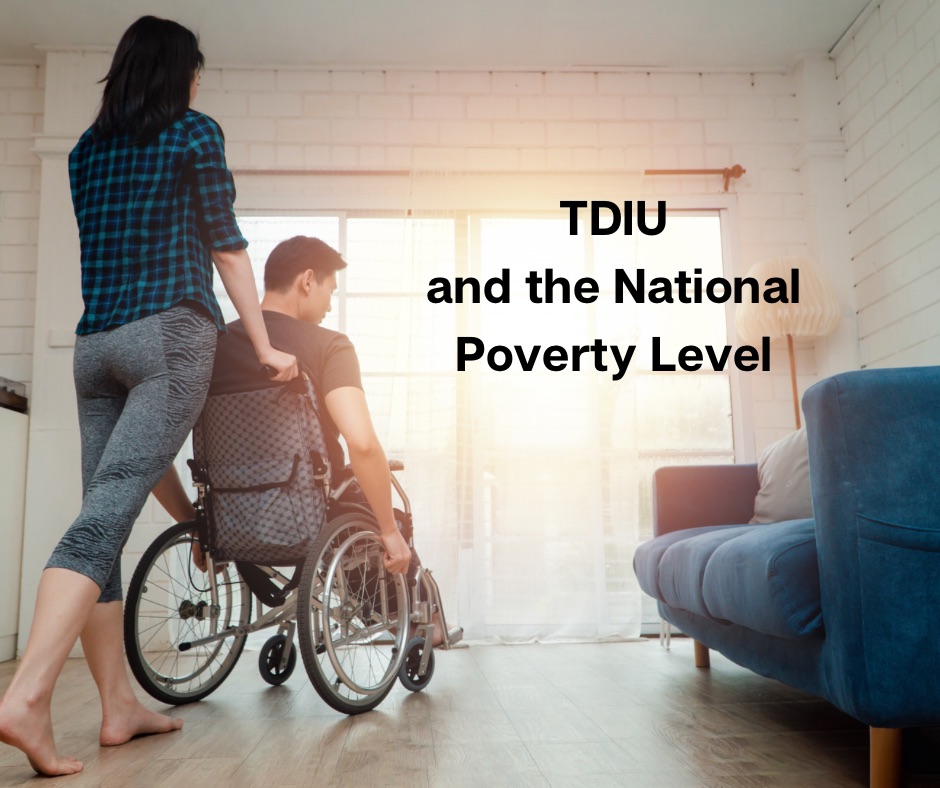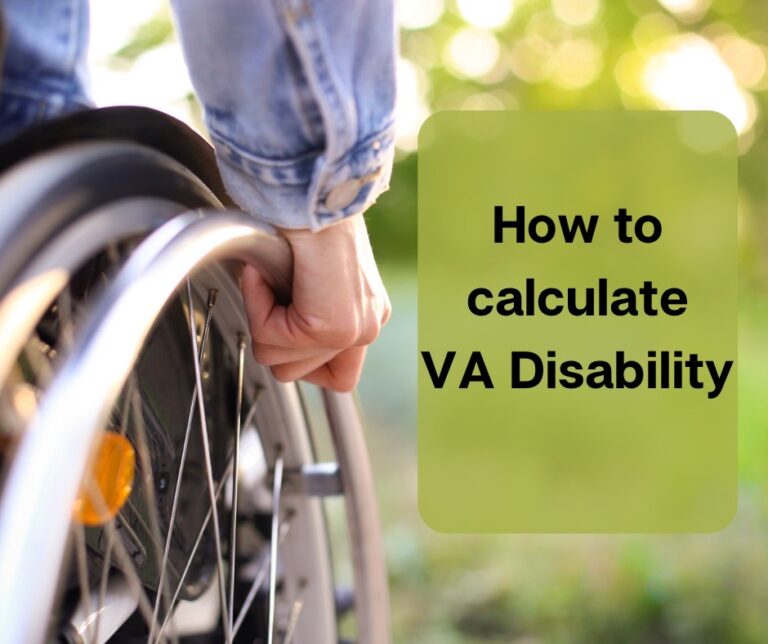Understanding the Poverty Level in Relation to VA TDIU and Its Significance
The poverty level, also known as the federal poverty threshold, plays a crucial role in the context of Veterans Affairs Total Disability Individual Unemployability (VA TDIU) benefits. VA TDIU is a program designed to provide compensation to veterans who are unable to maintain substantial employment due to their service-connected disabilities. To qualify for VA TDIU, veterans must meet certain income criteria, which are closely tied to the poverty level. In this comprehensive discussion, we will delve into what the poverty level is, how it relates to VA TDIU, and why it holds immense significance for disabled veterans.
What Is the Poverty Level?
The federal poverty threshold, often referred to as the poverty level, is a measure used by the U.S. government to determine the minimum income required for individuals and families to cover their basic living expenses, such as food, housing, and clothing. It is updated annually by the U.S. Census Bureau to account for inflation and changes in the cost of living.
The poverty level varies depending on the number of individuals in a household and their age. For example, the poverty threshold for a single individual under the age of 65 may be different from that of a family with two adults and two children. The poverty level is an essential benchmark used in various government programs and policies to assess eligibility for assistance, including VA TDIU benefits.
VA TDIU and Income Limits
VA TDIU, or Total Disability Individual Unemployability, is a disability compensation program offered by the Department of Veterans Affairs to veterans who are unable to secure and maintain substantially gainful employment due to their service-connected disabilities. To qualify for VA TDIU, veterans must meet specific criteria, including a certain level of disability rating and an income threshold that is linked to the poverty level.
The income limits for VA TDIU are set at or below the poverty threshold. Veterans seeking TDIU benefits must demonstrate that their earned income, or the income they receive from employment, does not exceed the established income limits. If a veteran’s income exceeds these limits, they may not be eligible for VA TDIU benefits.
The income limits for VA TDIU are typically updated annually to reflect changes in the federal poverty threshold. These limits are crucial because they ensure that the program is targeted at veterans who are most in need of financial support due to their service-related disabilities.
Importance of the Poverty Level in VA TDIU
Now that we understand what the poverty level is and how it relates to VA TDIU, let’s explore why it holds such significance in the context of this disability compensation program.
1. Ensuring Targeted Assistance
One of the primary reasons for using the poverty level in VA TDIU eligibility criteria is to ensure that the program provides assistance to those veterans who face the greatest financial challenges due to their service-connected disabilities. By setting income limits based on the poverty threshold, the program targets individuals and families with limited financial resources and helps alleviate their economic hardships.
2. Preventing Abuse and Misuse
Without income limits tied to the poverty level, there could be a risk of misuse and abuse of the VA TDIU program. Setting clear income thresholds prevents individuals with significant financial resources from claiming benefits intended for those in genuine need. This ensures that the limited resources allocated to VA TDIU go to those who truly require them.
3. Adapting to Changing Economic Conditions
The poverty level is updated annually to reflect changes in the cost of living and inflation. This adjustment ensures that the income limits for VA TDIU keep pace with economic conditions. As the cost of living increases, veterans and their families may face higher expenses. Therefore, it is essential to periodically update the income thresholds to account for these changes and maintain the program’s effectiveness.
4. Encouraging Veterans to Seek Treatment
VA TDIU is not solely based on income but also considers the severity of a veteran’s service-connected disabilities. By incorporating income limits tied to the poverty level, the program encourages veterans to seek treatment and rehabilitation services through the VA healthcare system. This emphasis on medical care not only improves the well-being of veterans but also helps them access additional resources to address their disabilities.
5. Alleviating Financial Burdens
Service-connected disabilities can often lead to increased medical expenses and reduced earning capacity for veterans. The poverty level and income limits in VA TDIU provide a safety net, offering financial relief to veterans and their families who may struggle to make ends meet due to their disabilities. This support can enhance their overall quality of life.
6. Maintaining Program Integrity
The use of the poverty level in VA TDIU eligibility criteria helps maintain the integrity and fairness of the program. It ensures that the benefits are distributed equitably and in accordance with the program’s intended purpose, which is to assist disabled veterans in achieving financial stability despite their disabilities.
How the Poverty Level Is Calculated
The federal poverty threshold is calculated by the U.S. Census Bureau and takes into account various factors, including the cost of essential goods and services, household size, and the age of household members. The calculation aims to determine the income level at which individuals and families are considered to be living in poverty.
The poverty threshold is established for different household sizes and compositions. For example, the poverty level for a single individual will be lower than that for a family with multiple members. Additionally, there are separate poverty thresholds for individuals under 65 years of age and those who are 65 or older.
It’s important to note that the poverty threshold is a nationwide standard and does not account for variations in the cost of living in different regions of the United States. While it provides a baseline measure of poverty, the actual income needed to cover basic expenses can vary significantly depending on factors such as location and local economic conditions.
If you have any questions about the national poverty level, TDIU, or veteran programs in general please feel free to email us or drop a comment below. In addition, we always promote speaking to your local Veteran Service Officer. They are the best source of up to date information regarding VA programs.








I recieve tdiu and its p&t I struggle to maintain employment my question that never seems to be clearly answered and causes more stress than necessary is, I have a family of 4 no way can I sustain with the threshold for one person. But everything I read is all over the place in terms of what the VA considers, some sources say its based on me solely (which will have my family starving and homeless) and the others say they go by household size which will have us scraping by but not homeless. I just don’t want to put myself in a unfixable position because I want to earn barely above dirt poor.
Jay, I am not sure what your actual question is. Our best advice is for you to talk with a local Veteran Service Officer who can help you understand the regulations around TDIU.